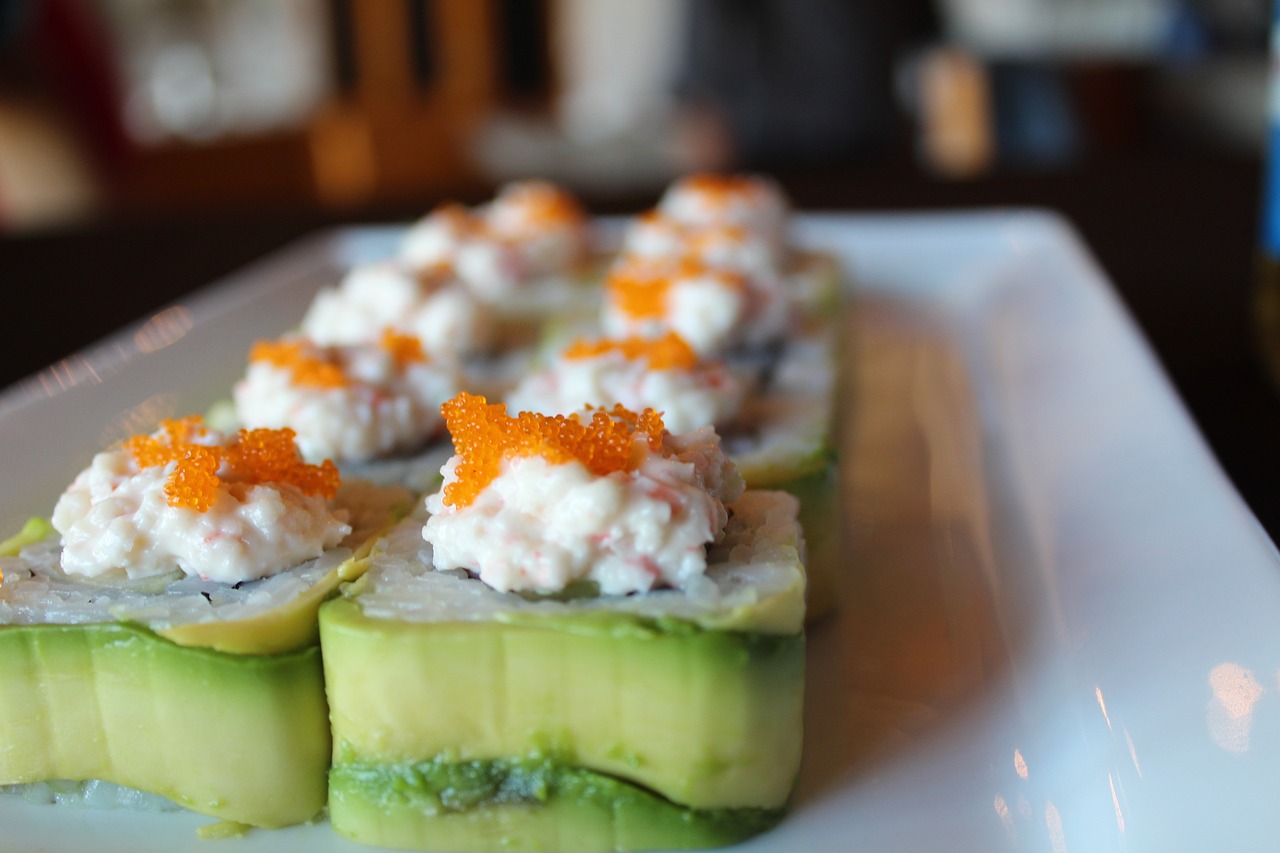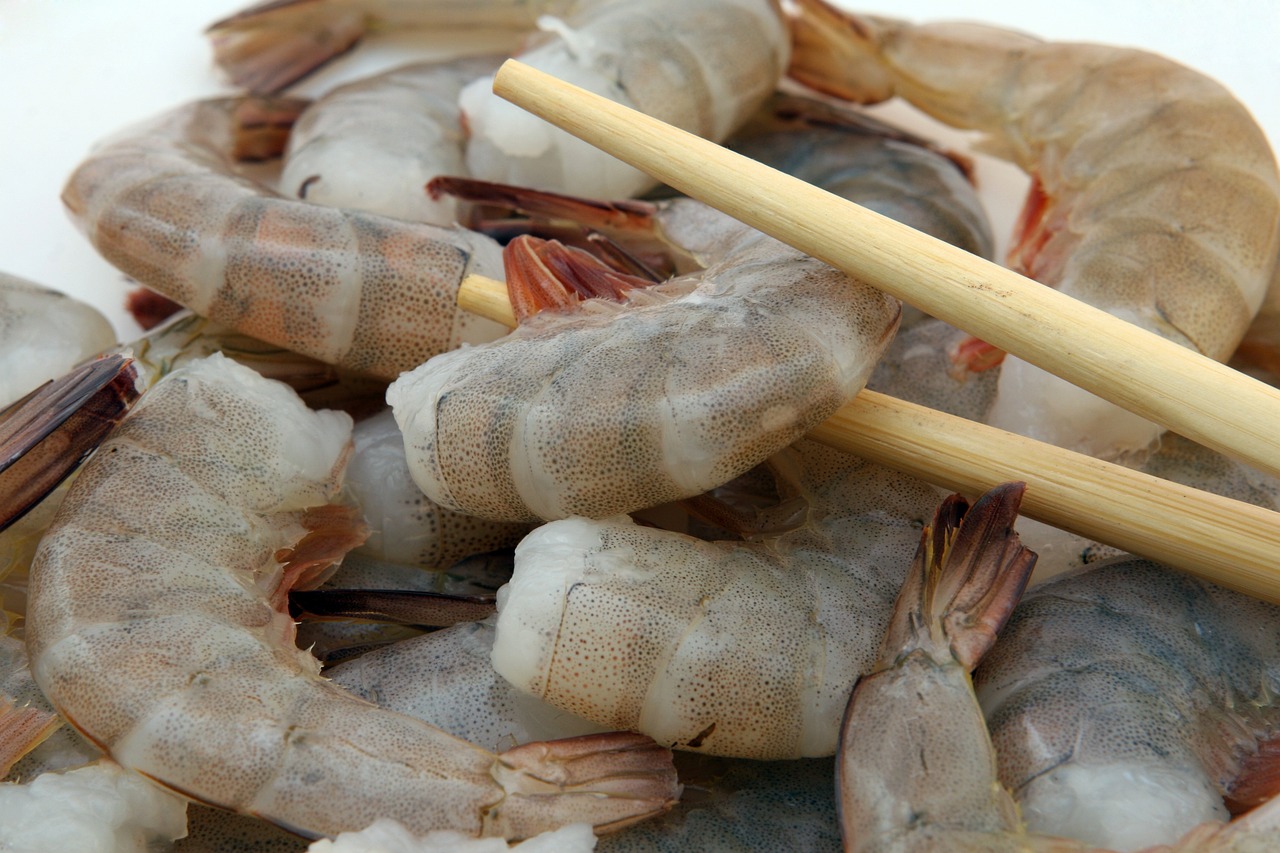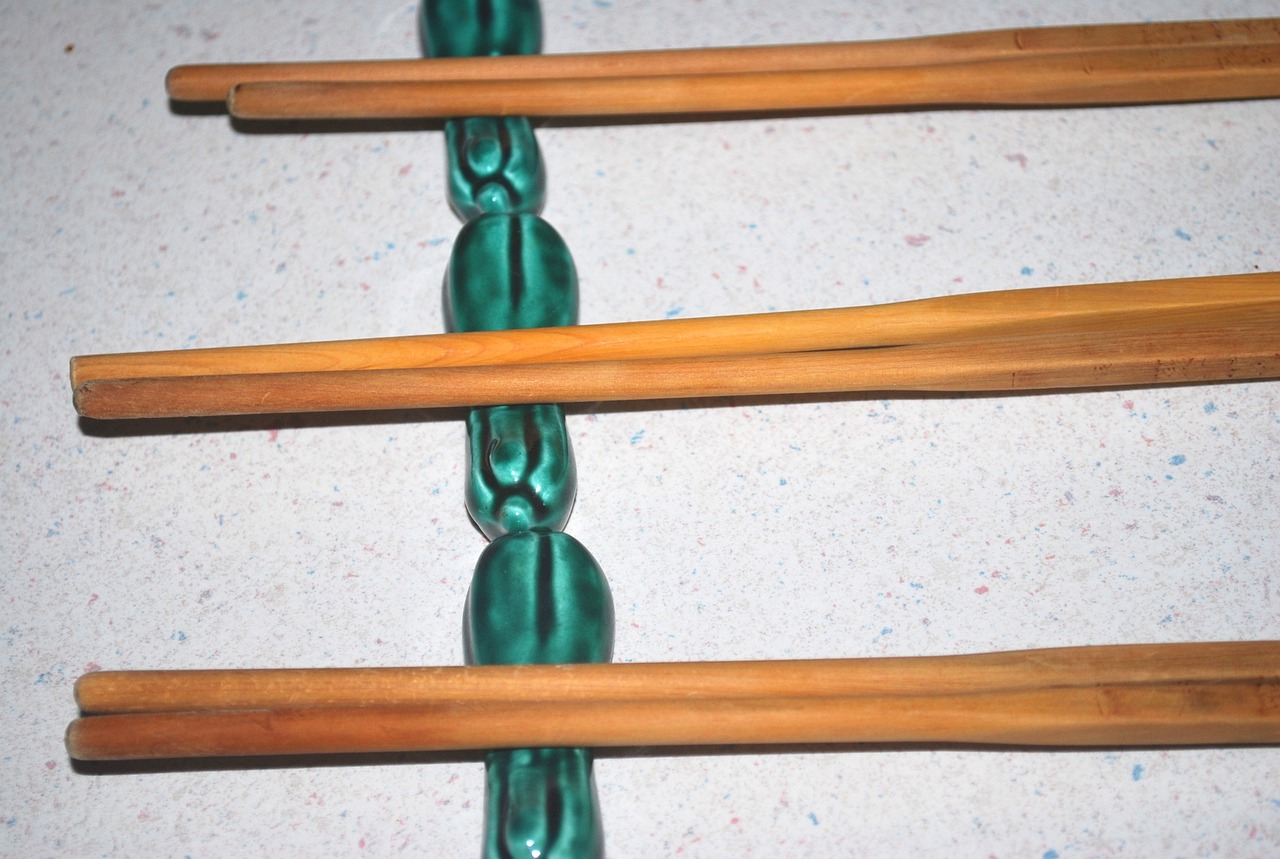Japanese Okonomiyaki: Savory Pancakes with Various Toppings

Japanese Okonomiyaki, a delightful and savory dish that tantalizes the taste buds, is a beloved staple in Japanese cuisine. These savory pancakes, known for their customizable nature and diverse toppings, offer a unique culinary experience that fuses flavors and textures in a harmonious explosion of taste.
Origin and History
Okonomiyaki, often referred to as a "Japanese savory pancake," has a rich history deeply rooted in Japanese culinary traditions. The name itself translates to "grilled as you like it," reflecting the customizable nature of this beloved dish. Dating back to the post-World War II era, Okonomiyaki originated as a simple and affordable comfort food that quickly gained popularity across Japan.
Originally hailing from Osaka, Okonomiyaki was initially made with basic ingredients like flour, water, and cabbage, offering a hearty and filling meal for the masses. Over time, this humble dish evolved, incorporating various regional influences and culinary innovations to become the diverse and flavorful dish it is known as today.
One of the key factors in the evolution of Okonomiyaki was the introduction of new toppings and ingredients, allowing for endless variations to suit different tastes and preferences. The dish's adaptability and versatility have made it a staple in Japanese cuisine, enjoyed by people of all ages and backgrounds.
As Okonomiyaki continued to gain popularity, it spread beyond its original birthplace in Osaka to other regions of Japan, each adding its own unique twist to the dish. Today, Okonomiyaki can be found in restaurants, food stalls, and homes throughout the country, showcasing the cultural significance and widespread appeal of this iconic Japanese comfort food.
Ingredients and Preparation
When it comes to creating the delectable Japanese dish, Okonomiyaki, the key lies in the selection of ingredients and the meticulous preparation process. The foundation of this savory pancake includes a batter made from flour, grated yam, dashi broth, and eggs. This base is then mixed with shredded cabbage, creating a unique texture that is both crispy and tender.
To add depth of flavor, ingredients like thinly sliced pork belly or seafood such as shrimp or squid are commonly incorporated into the batter. The mixture is then cooked on a hot griddle, resulting in a golden-brown pancake that is cooked through and bursting with umami goodness.
One of the most exciting aspects of Okonomiyaki is the ability to customize it with a wide array of toppings. From traditional options like bonito flakes, mayonnaise, and okonomiyaki sauce to more adventurous choices such as cheese, kimchi, or even mochi, the possibilities are endless. These toppings not only enhance the taste but also contribute to the visual appeal of the dish.
As the pancake cooks, the tantalizing aroma fills the air, building anticipation for the moment when it is flipped and cooked to perfection. The art of flipping the Okonomiyaki requires skill and precision to ensure an evenly cooked interior and a crisp exterior.
Once the Okonomiyaki is ready, it is typically served hot off the griddle, garnished with a colorful array of toppings. The final touch often involves drizzling additional sauce or mayonnaise in a decorative pattern, adding a final burst of flavor to the dish.
Regional Variations
When it comes to Okonomiyaki, the regional variations found across Japan add a delightful twist to this beloved dish. Each region has its own unique take on the classic savory pancake, incorporating local ingredients and flavors to create a diverse culinary landscape. Let's explore some of the most notable regional variations that showcase the creativity and innovation present in Japanese cuisine.
In Hiroshima, the style of Okonomiyaki is known for its distinct layering technique, where ingredients such as cabbage, noodles, and pork are stacked on top of each other. This creates a multi-layered pancake that is as visually appealing as it is delicious. The Hiroshima style Okonomiyaki is often topped with a generous drizzle of savory-sweet okonomiyaki sauce and mayonnaise, adding a burst of flavor to each bite.
On the other hand, in Osaka, the birthplace of Okonomiyaki, a more traditional approach is taken. The batter and ingredients are mixed together before being cooked on a griddle, resulting in a cohesive pancake that is crispy on the outside and soft on the inside. Osaka-style Okonomiyaki is typically topped with bonito flakes, seaweed, and aonori (dried green seaweed flakes), adding a umami-rich flavor profile to the dish.
In the Kansai region, a variation known as 'Negiyaki' is popular, where green onions are the star ingredient. These fragrant onions are mixed into the batter, giving the pancake a fresh and aromatic flavor. The Negiyaki is often served with a tangy ponzu sauce, providing a refreshing contrast to the richness of the pancake.
Heading north to Tokyo, the Okonomiyaki found in the capital city tends to be more modern and fusion-inspired. Ingredients like mochi (rice cake) and mentaiko (spicy cod roe) are often incorporated into the pancake, offering a contemporary twist on the traditional dish. Tokyo-style Okonomiyaki is all about experimentation and pushing the boundaries of flavor combinations.
Overall, the regional variations of Okonomiyaki highlight the versatility and adaptability of this Japanese comfort food. Whether you prefer the classic flavors of Osaka or the innovative creations of Tokyo, there is a style of Okonomiyaki to suit every palate. Each region's unique approach adds a layer of excitement to the dining experience, inviting diners to explore the diverse flavors of Japan through this iconic dish.
Serving and Presentation
When it comes to serving and presenting Japanese Okonomiyaki, the experience is not just about the taste but also about the visual appeal and artistic touch. The traditional method of serving this savory pancake dish involves a unique approach that showcases the customizable nature of Okonomiyaki. Picture a canvas where each ingredient is carefully placed to create a masterpiece of flavors and textures.
One of the most common ways to serve Okonomiyaki is on a hot griddle directly at the table, allowing diners to witness the sizzling and aromatic cooking process. This interactive presentation adds an element of excitement to the dining experience, akin to a mini culinary show where the final dish is revealed in all its glory.
Furthermore, the presentation of Okonomiyaki extends beyond the cooking process. The toppings and condiments play a crucial role in enhancing both the visual appeal and taste of the dish. From the vibrant colors of fresh vegetables to the drizzle of savory sauces, each element contributes to the overall aesthetic of the dish.
To elevate the presentation further, some restaurants offer customizable options where diners can create their own Okonomiyaki masterpiece. This not only adds a personal touch to the dining experience but also allows individuals to experiment with different flavor combinations and toppings, making each bite a delightful surprise.
Moreover, the art of presentation is not limited to the arrangement of ingredients but also extends to the final garnishes. A sprinkle of bonito flakes dancing atop the steaming pancake or a dollop of mayonnaise delicately swirled on top adds a final touch of elegance to the dish, turning a simple pancake into a work of culinary art.
Popular Toppings and Flavors
When it comes to Okonomiyaki, the toppings and flavors play a crucial role in elevating the taste and experience of this beloved Japanese dish. From traditional ingredients to modern twists, the variety of toppings available allows for endless customization and creativity. Let's explore some of the popular toppings and flavors that are commonly used to enhance the deliciousness of Okonomiyaki:
- Classic Okonomiyaki Sauce: A sweet and savory sauce that is drizzled generously over the pancake, adding a rich umami flavor to each bite.
- Japanese Mayonnaise: Creamy and slightly tangy, Japanese mayonnaise is often zigzagged on top of Okonomiyaki, providing a luscious texture and extra creaminess.
- Bonito Flakes (Katsuobushi): Thin, delicate shavings of dried and smoked skipjack tuna that dance and curl on the heat of the pancake, adding a hint of smokiness and a unique umami taste.
- Seaweed (Nori): Crispy sheets of dried seaweed are often crumbled on top of Okonomiyaki, offering a briny flavor and a satisfying crunch.
- Pickled Ginger (Beni Shoga): Tangy and slightly spicy, pickled ginger provides a refreshing contrast to the rich flavors of the pancake, balancing the overall taste profile.
- Tempura Flakes (Tenkasu): Crispy and light, tempura flakes add a delightful crunch to Okonomiyaki, creating textural contrast and enhancing the overall eating experience.
These popular toppings and flavors are just a glimpse of the endless possibilities when it comes to customizing your Okonomiyaki. Whether you prefer a traditional approach or want to experiment with new and innovative combinations, the beauty of this dish lies in its versatility and adaptability to suit every palate. So, next time you indulge in a plate of Okonomiyaki, don't be afraid to mix and match toppings to create your perfect savory pancake masterpiece!



 HazalVardal
HazalVardal 





